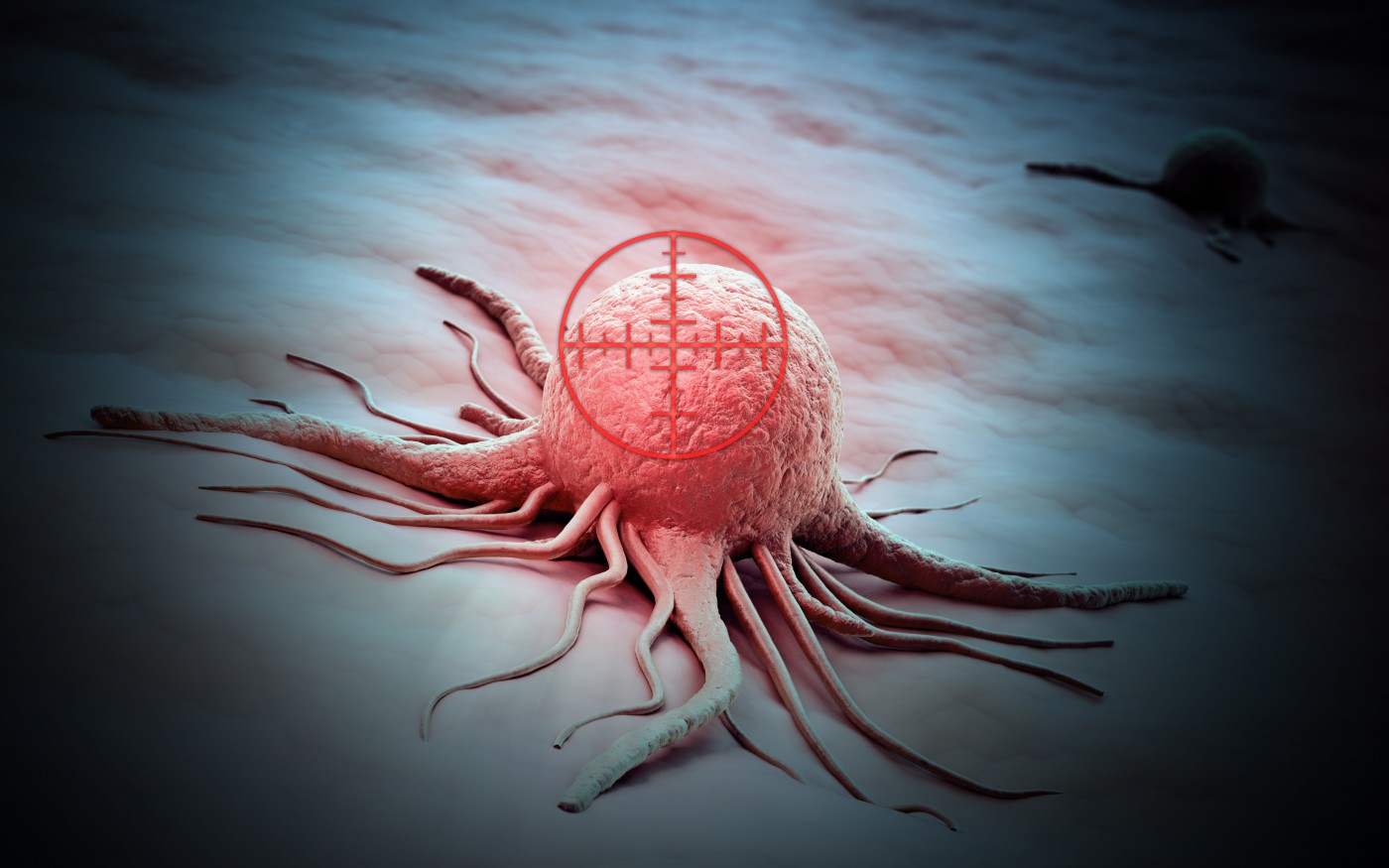Researchers have mapped, at the single-cell level, the diverse types and arrangements of cells within breast cancer tumors, revealing how genetic changes shape the complex tumor landscape.
The findings could give doctors valuable, detailed information on each patient’s tumor, allowing them to match patients to specific, tailored treatments.
The study, “Imaging mass cytometry and multiplatform genomics define the phenogenomic landscape of breast cancer,” was published in the journal Nature Cancer.
There is a wide variety of breast cancer tumor types, and efforts to understand the variation (heterogeneity) have identified subtypes of tumors associated with specific genomic abnormalities and clinical outcomes.
Most of the work does not account for the complexity of solid tumors, which are composed of a mixture of cancer cells and non-cancer cells in distinct arrangements and in different stages of growth. Genetic alterations in cancer cells most likely drive these complex arrangements of so-called multicellular tumor ecosystems.
To better understand how genetic changes shape these tumor ecosystems, researchers at the University of Cambridge in the U.K., in collaboration with colleagues at the University of Zurich, Switzerland, used a combination of single-cell analysis and genomic data to map these complex interactions.
The team used a technique known as imaging mass cytometry to study the composition and spatial arrangement of single cells in breast cancer tumors. This was achieved by examining the distribution of 37 protein markers — each identifying a specific cell type or behavior — across 483 tumors from patients who had been diagnosed with breast cancer between 1985 and 2005.
Tumor samples were collected as part of the METABRIC study, a project that revealed at least 11 different subtypes of breast cancer. Their genomes were previously characterized by examining 173 genes associated with breast cancer.
The resulting analysis found that cell types identified in these tumors broadly fell into three categories: tumor cells, immune cells, and stromal cells (connective tissue).
The different combinations of these cells varied among tumors. The differences were found to be based on distinct, genomically defined breast cancer subtypes. In particular, breast cancer subtypes contained unique combinations of associated stromal cells.
These cancer cell subtypes also had different interactions with other cells. Abundant cell-cell interactions with the same cell types were found, distinguishing them from other subtypes demonstrating different patterns of cellular interaction.
An examination of mutation patterns in cancer-related genes of cells that line the breast ducts, known as epithelial luminal cells, found that genetic mutation led to some cell types, while changes to the number of genes (copy number) led to different tumor cell types.
Different cell types and cell environments were also associated with different clinical outcomes. The presence of a type of attacking immune cells called macrophages was linked to poorer outcomes, while smooth muscle cells — cells supporting blood vessels — indicated a favorable prognosis.
These diverse patterns demonstrated a spectrum of tumor environments, with the presence of immune cells and blood vessels cells at one end and an immune-depleted environment dominated by connective tissue cells at the other.
“Characterization of these ecosystems will further understanding of tumor evolution, and will potentially enable identification of features that can be used to stratify patients and that can serve as targets for development of novel therapies,” the researchers said.
“At the moment, doctors only look for a few key markers to understand what type of breast cancer someone has,” Raza Ali, PhD, lead author of the study and junior group leader at the Cancer Research UK Cambridge Institute, said in a press release. “But as we enter an era of personalized medicine, the more information we have about a patient’s tumor, the more targeted and effective we can make their treatment.”
“We’ve shown that the effects of mutations in cancer are far more wide-ranging than first thought,” added co-author and group leader Carlos Caldas, MD. “They affect how cancer cells interact with their neighbors and other types of cell, influencing the entire structure of the tumor.”

